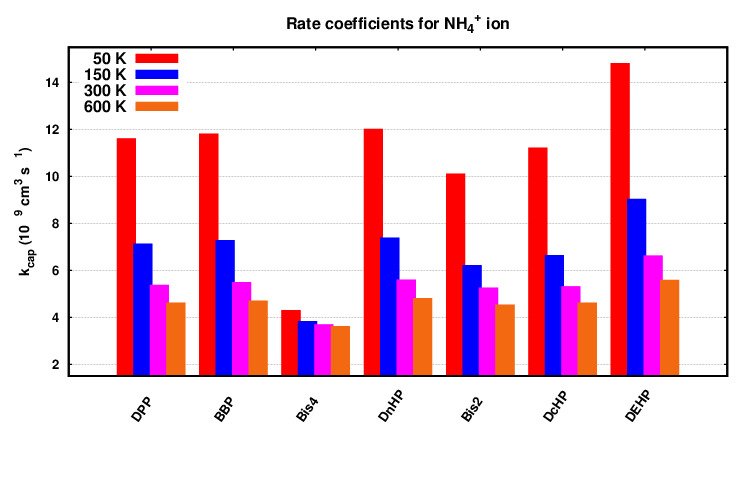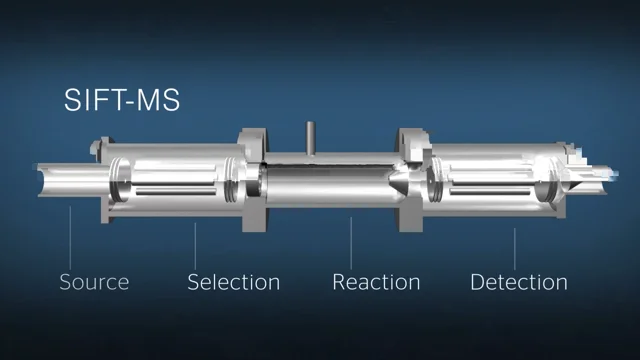These computed molecular parameters, including dipole moment, polarizability, proton affinity, and ionization energy of volatile organic compounds (VOCs), are crucial for the identification and quantification of VOCs in chemical ionization mass spectrometry. These parameters are determined using Density Functional Theory Read more…
Volatile Organic Compounds (VOCs) are a diverse group of organic chemicals that have a high vapor pressure at room temperature, leading to significant evaporation and release into the atmosphere. They are emitted from both natural sources, such as vegetation and Read more…
SIFT-MS Analytic Method These Direct Injection Mass Spectrometry (DIMS) techniques rely on calibrating instruments using standards with known concentrations and protonated ion signals. Although the most accurate analysis requires calibrating the instrument for each volatile organic compound (VOC) in a Read more…
Soft chemical ionization is a powerful analytical technique employed in Selected Ion Flow Tube Mass Spectrometry (SIFT-MS) for the precise detection and quantification of trace gases, particularly volatile organic compounds (VOCs), present in ambient air samples. This method hinges on Read more…
Exploring Reagent Ions in Chemical Ionization Mass Spectrometry: Analyte Reaction Insights
Chemical ionization mass spectrometry Chemical ionization mass spectrometry (CI-MS) is a technique used to analyze chemical compounds by ionizing them in the gas phase using chemical reactions rather than electron impact ionization, which is commonly used in electron ionization mass Read more…
Proton Transfer Reaction Mass Spectrometry: Analyzing Volatile Organic Compounds in Food Science
Introduction Proton Transfer Reaction Mass Spectrometry (PTR-MS) is a powerful analytical technique that has gained significant attention in the field of food science. It allows for the rapid and non-destructive analysis of volatile organic compounds (VOCs) in various food samples. Read more…





